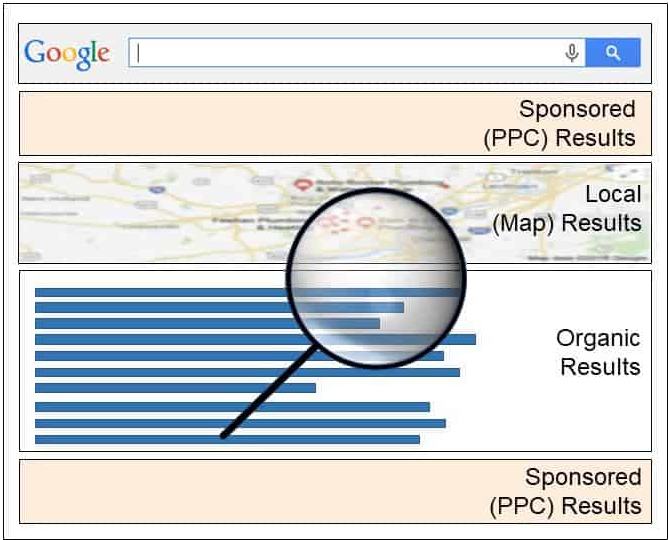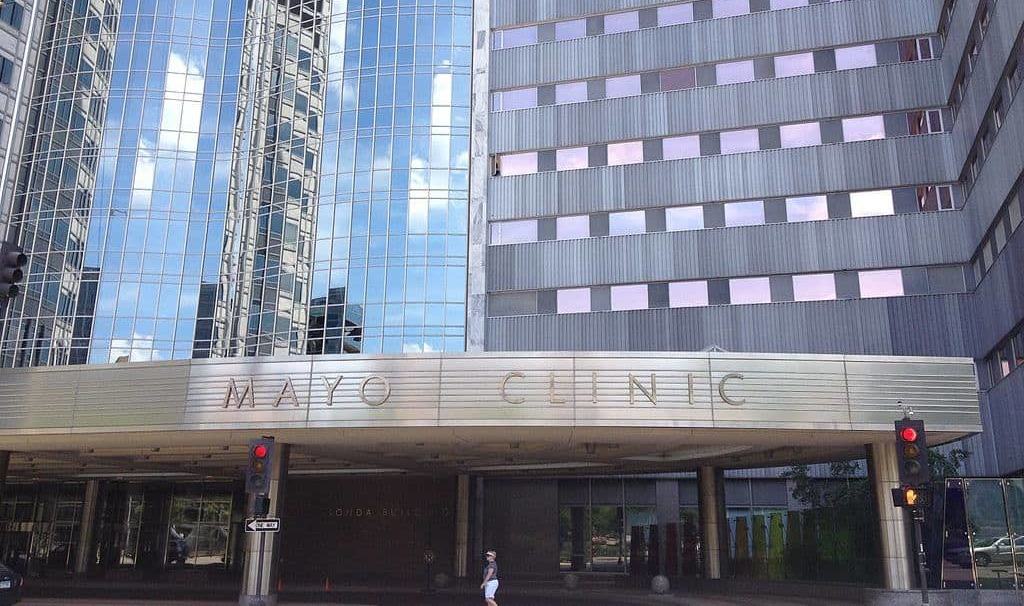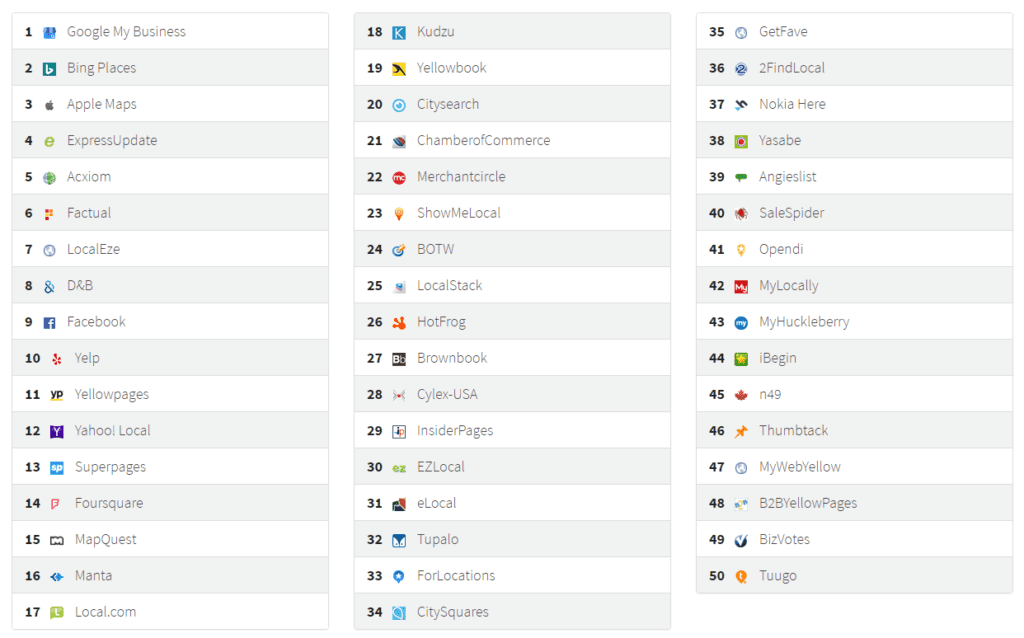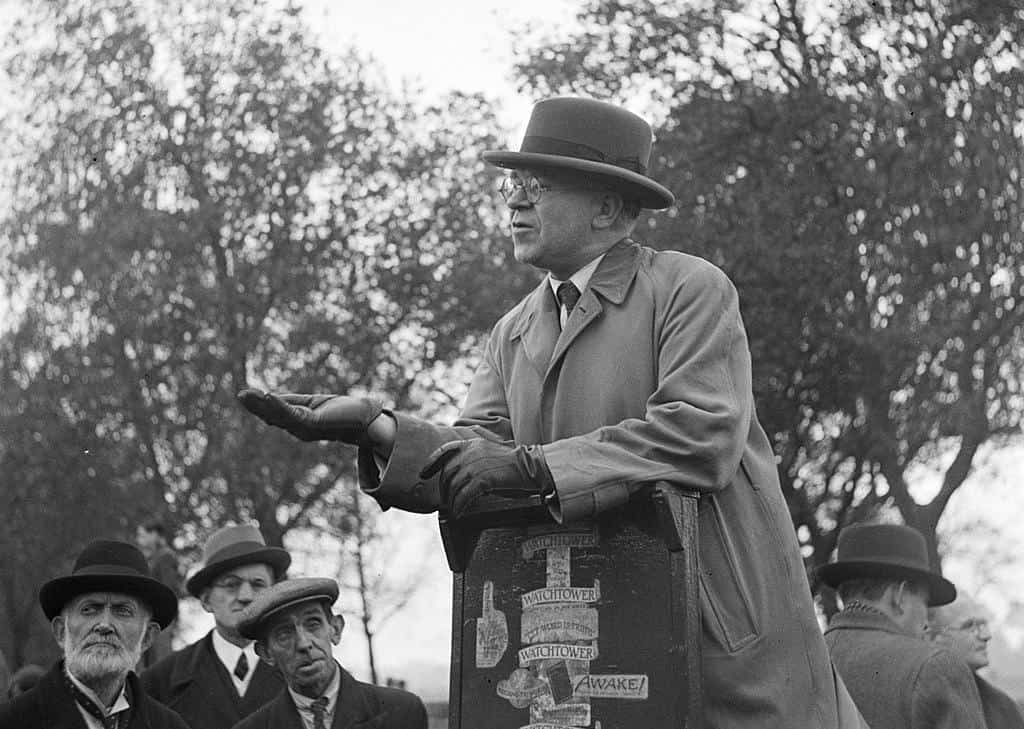Estimated Read Time: 13 Minutes
Mike Bremner just paid a web development firm several thousand dollars to design and build a small website for his local landscaping business. He expected his phone to start ringing shortly after the site launched but, so far, that hasn’t happened. Moreover, when he types “landscaping services” into Google, his website is nowhere to be found.
Mike’s situation is not uncommon. There are many reasons why a new or existing website might not show up in search results. I am going to explain the most common reasons below. But before I do that, it helps to have a high-level understanding of how Google and search engine optimization (SEO) work.
How Google Works
The Internet is a vast and growing network of interconnected websites and content.
Finding the exact information you’re looking for can be difficult. That’s where Google comes in.

Finding the exact information you’re looking for can be difficult.
Google’s mission is to “organize the world’s information and make it universally accessible and useful“. It does that by finding and indexing quality content, accepting search queries from the general public, and rapidly delivering the most relevant and useful information, organized for quick and easy access.
In 2016, Google said it had roughly 130 trillion web pages in its index or inventory of the Web. It stopped sharing the size of its index shortly after that but, in the 4 years prior, the index had grown at a rate of about 25 trillion pages a year. Assuming that rate has continued, Google’s index could easily be twice that size today.
When a search query is submitted to Google, a list of topically relevant search results is served back to the user in less than 1 second. The first page of search results typically includes 4+ sponsored or pay-per-click (PPC) advertisements, 10 free blue links, and up to 2 paid and 3 free local map listings. When someone asks why their website isn’t showing up on Google, they’re usually referring to the free (organic blue) listings and map pins on the first page of results.

Typical search results
Bottom line, there is a lot of competition for very few spots on the first page of Google search results. The good news is, high-quality SEO can help.
How SEO Works
Search engine optimization (SEO) is a holistic process that helps website and business owners elevate their rankings in search results. It involves every aspect of your website – the technical architecture, content, backlinks and citations, and where and how you promote yourself online.
SEO isn’t a silver bullet. To earn and grow rankings on Google, you need to ensure the entire user experience with your business and website is one that is differentiated and outstanding. It requires a sound understanding of your business and the reasons and ways people might search for and use your products and services. It involves crafting original, high-quality content that has been optimized to satisfy those search intents, and promoting that same content on external publications so it gains exposure and amplification. Finally, because the market and Google’s ranking algorithms are in a constant state of flux, you must patient and willing to experiment because you can’t always predict how Google and the market will react.

Sustained and thoughtful investment in SEO can lead to compounding value, over time.
How quickly you begin to see results from your SEO efforts depends on where you’re starting from and how much competition you’re up against. Once you do begin to gain traction, sustained and thoughtful investment in SEO can lead to compounding value, over time.
Reasons a Website Might Not Show Up In Search Results
There are many reasons a website might be absent from search results. We are going to talk about the most common ones next, grouped into the same four SEO categories described above as these are the areas you need to focus on to achieve high rankings:
- technical architecture;
- content;
- backlinks and citations; and
- content promotion.
Technical Architecture
Technical architecture refers to how your website is structured, designed, and built. Good website architecture is flexible enough to adapt to changing needs while ensuring all the various pieces continue to fit together as a cohesive and functional whole. It ensures search engines can find, understand, and index your website content.

Technical architecture refers to how your website is structured, designed, and built.
It’s estimated Google processes approximately 5.6 billion searches a day. Google indexes content because it would take too long to respond to a search query if it had to go through the entire Internet every time one was submitted. Instead, it searches and rank orders information it has already stored in its proprietary index of the Web.
That means your content has to be in Google’s index before it can show up in search results.
Google is generally very good at finding and indexing content, but there are always exceptions. Your content won’t be in the index if:
• Google Hasn’t Found It Yet
Google’s indexing process involves computer programs (crawlers) that continuously discover new and updated content by following links on the Internet. They visit one page, index its content, and follow the links on that page to other pages. As long as at least one other website links to your content, Google’s crawlers will find you. If you don’t have any backlinks, you can use a free tool called Google Search Console (GSC) to request a crawl.
• You Asked Google To Ignore It
It is a best practice to tell Google to ignore a website and its content while it’s under development. Sometimes those directives aren’t removed when the site or content launches and Google’s crawlers are blocked or told to “noindex” content when they arrive. The solution is to remove the directive and wait for Google to return or use GSC to request a crawl.
• Google Chose To Ignore It
Google sets a fixed crawl budget for every website it visits on the Internet. If your site is extremely large or complex, Google might deplete its budget before it finishes indexing all your content. Your site structure should guide crawlers to your most important and recently updated content first to help minimize the likelihood that it will be missed.
To learn whether Google has found your website, search for it using the “site” command plus your domain name (site:yourdomainname.com).

The site: command
If Google displays any results at all, it has found your site. The number of results will tell you how much of your content has been indexed.
Content
Content refers to any indexable page, blog post, image, video, PDF, or otherwise publishable piece of content on a website. There are two aspects of content you need to worry about when it comes to rankings – quality and relevance.
High-quality content has a clear purpose, is easy to skim and understand, is specific, credible, accurate, and uniquely valuable. It engages website visitors and satisfies their search intent.

High-quality content engages visitors and satisfies their search intent.
As previously mentioned, Google doesn’t add every URL it encounters to its index. In addition to ignoring blocked, “noindexed”, slow-rendering, or deep content that requires three or more clicks from the home page to arrive at, Google might disregard duplicate and/or poor quality content because it doesn’t compare well to the competition and offers little value to searchers.
• Duplicate Content
Duplicate content generally refers to large chunks of information that intentionally or accidentally match, or are appreciably similar to, same-language content on a different page of your site or a completely different website altogether. Examples include product descriptions crossing multiple sites, scraped content, printer-only or PDF versions of HTML pages, and uncited content copied from other domains.
• Poor-Quality Content
Poor-quality content refers to deceptive or manipulative practices that produce content for the sole purpose of ranking. Examples include automatically-generated, thin (content with little or no authenticity or substance), cloaked (different content shown to users and search engines), hidden (viewable by search engines but not humans), doorway (slightly different pages created to rank for slightly different search queries), comment spam, and more.
If your site contains legitimate duplicate content, there are multiple ways you can indicate your preferred (canonical) URL or otherwise stay within guidelines so you can avoid penalties and exclusions.
Once you are in the index, the next thing you need to worry about is relevance.
Relevant content is content that is able to satisfy search intent. It fulfills a want or need, answers a question, or solves a problem for searchers. It helps them make decisions so they can get on with their life.

Relevant content satisfies search intent
Google’s ranking algorithms give preference to highly relevant content. The more your content matches the intent behind a search query, the higher it will rank well in search results. If a searcher enters “directions to a bridge over the river”, for example, Google is likely to display map results showing bridges closest to the location you are searching from. If you type “vegetarian pizza near me”, Google will display results from restaurants that have vegetarian pizza on the menu and are in close proximity to where you are now.
There are a number of SEO tactics you can use to signify your relevance for specific search intents and locations to Google. They help as long as you stay within guidelines and demonstrate you deserve to outrank the competition by earning high-quality backlinks and citations.
Backlinks and Citations
If your content is indexed and relevant, then it probably is ranking, just not on the first few pages of search results. To get it to rank higher, you need greater page and website trust and authority. Trust and authority are largely derived from high-quality backlinks and citations.
• Backlinks
Backlinks (links) are clickable online references on external websites that point to your content. Google interprets links as votes and endorsements for your content because someone has willingly chosen to share it with their own audience and connections. All things being equal, the more unique, high-quality votes and endorsements a piece of content earns, the higher it will rank in search results.
The most valuable and influential links come from trusted, authoritative, and high-quality external websites or sites that are just a few clicks away from them. There is no single authoritative list of these websites. It is different for every niche. In healthcare, for example, the CDC, Mayo Clinic, National Institute of Health (NIH), and WebMD are all considered highly authoritative websites. In eCommerce, Amazon, eBay, and Walmart are sought-after link and citation sources.

lenarc, CC BY-SA 3.0, via Wikimedia Commons
Internal links are valuable too because they determine the distribution of internally and externally derived authority (SEO equity) throughout your website. The more links a page receives, the more important it will seem to search engines and the higher it will rank in search results. That’s true of both internal and external links.
To identify how many and what links a page and website have earned, you can use Google Search Console. The Links report shows you how many internal and external links are pointing to which pages on your website. GSC doesn’t share link counts for websites you don’t own or manage, but there are a number of free and paid tools that will. You can, for example, use Mozbar, Ahrefs SEO toolbar, or SEOQuake.
Remember that Google ranks pages and not websites so be sure to look at both page and domain (website) link counts when comparing your site to the competition. Link quality is more important than link quantity so the numbers themselves don’t tell the whole story, but you will still be able to get a general idea of how well your link profile compares to the competition.
• Citations
Citations are online mentions of your business by name and address, name and phone number (NAP), or website – with or without an actual link. They are a key ranking factor for local (map) search results because they help search engines confirm the legitimacy of your business and reinforce your brand and geographic location.
Structured citations exist in the form of directory listings. Unstructured listings include everything else. You most commonly see unstructured citations on social media, review sites, blog posts, or anywhere else people might be interested in learning about products and services by location.
As with links, it is important to remember that quality is more important than quantity. The best practice is to acquire a stable of listings on important and relevant directories, and then to acquire citations based on your industry, business category, and location. This article by Whitespark, an industry respected source of Local Search information, explains how to do that.

Top 50 US Citations from Whitespark
Earning backlinks and citations is not easy. Fortunately, there are some reputable local citation building services you can hire to help create and clean up citations for you. Backlinks are another story. To earn those, you need outstanding content and a strategy for promoting it where your audience is likely to hang out so it can earn exposure and amplification.
Content Promotion
If your technical architecture and content are good but you are still having difficulty earning backlinks and citations, you probably need to promote your content to ensure every bit of effort you put into creating it translates into a meaningful outcome.

Speakers Corner in Hyde Park has historically been a venue where ideas could be aired publically – Willem van de Poll, CC0, via Wikimedia Commons
Content promotion is the process of getting your content in front of your target audience so they can get to know, like, and trust you, your products, and your services. There is so much competition nowadays, you need to make a concerted effort to push your content onto other platforms like social media, email, question and answer sites, public blog forums, and more. Having good content isn’t enough. You need to get extra eyes on it.
I have already mentioned some of the more frequently used promotion methods. The key here is to experiment and figure out what works best for you, your business, and your audience. As with all things SEO, it isn’t always obvious or certain.
Final Thoughts
From technical architecture and links to content and content promotion, there are many reasons why a website or its content might not show up in search results. You now know some of the most common ones.
The most important thing you can take away from this post is the idea that the best way to climb the rankings is to enrich people’s lives with high-quality content promoted where your audience is likely to see it.
Mike Bremner had an ah-ha moment once he better understood how Google and SEO work as well as the current state of his online business. He is now working with an SEO company to shore up his technical architecture and create more content. He has a long way to go yet, but at least he understands why he is not ranking and what he needs to do to get there.
What do you think?







Well said. This blog is useful and helpful.